The Himalayan Pink Salt, is renowned for its distinct color and mineral-rich composition. It holds a fascinating history that intertwines with ancient civilizations. Besides it unfolds cultural traditions, and geological wonders. In this comprehensive exploration, we will delve into the origin, cultural significance of Himalayan pink salt. By shedding light at archaeological discoveries we will discuss transformation of the Himalayan Salt Range into a captivating tourist destination.
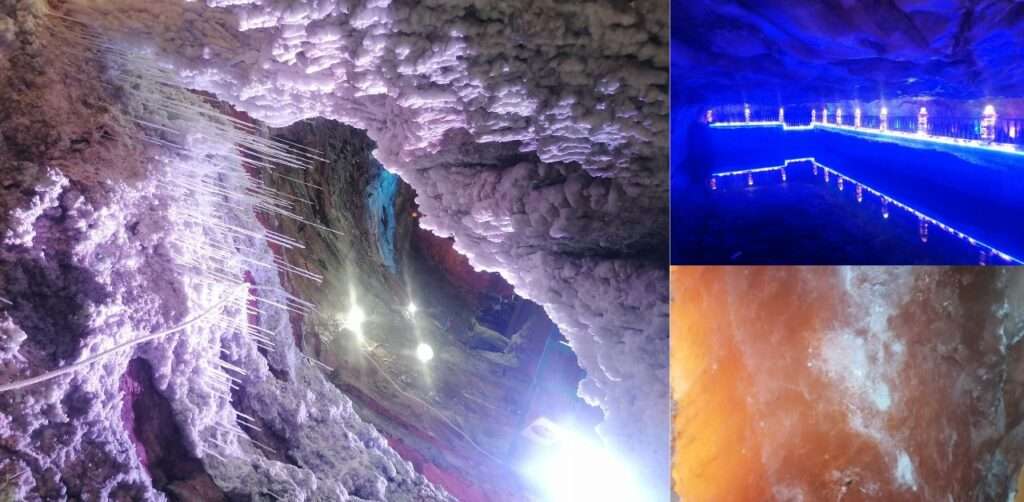
Introduction
Himalayan Pink Salt, also known as Himalayan Crystal Salt, is basically a mineral-rich salt. The ancient salt deposits in the Himalayan Mountains are main source of harvesting pink salt. Its rosy hue and unique taste have made it a prized culinary ingredient and therapeutic remedy worldwide. However, understanding its history is essential to grasp the depth of its significance.
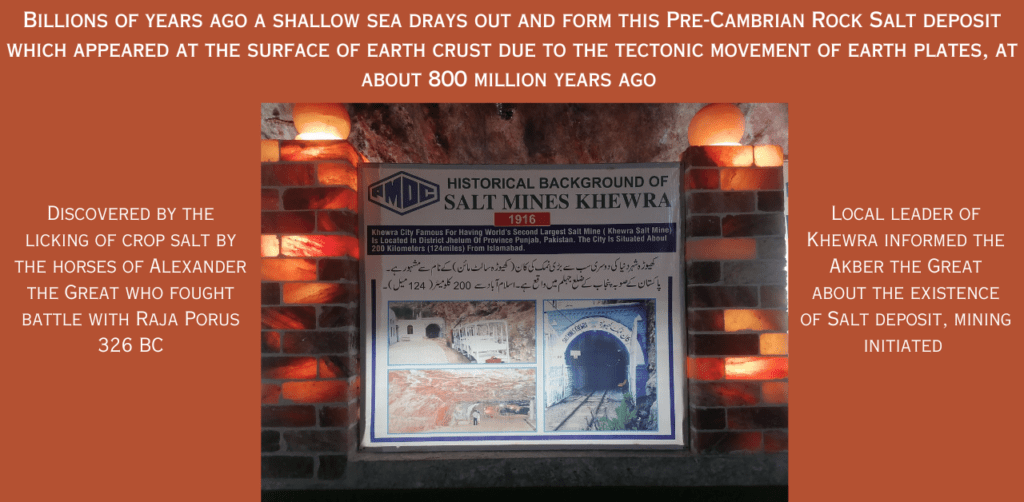
Origin and Discovery
The journey of Himalayan Pink Salt traces back to millions of years ago. When the primal oceans dried up, these left behind vast salt deposits buried deep within the earth’s crust. Over the time, tectonic shifts and geological processes led to the formation of the majestic Himalayan Mountains. Theses mountains encapsulate these precious salt reserves within their folds.
The discovery of Himalayan Pink Salt dates back to ancient times. The records indicating that it was first explored by Alexander the Great and his army during their conquests in the Indian subcontinent. The locals, too, were aware of the salt’s existence, utilizing it for various purposes ranging from preserving food to religious ceremonies.
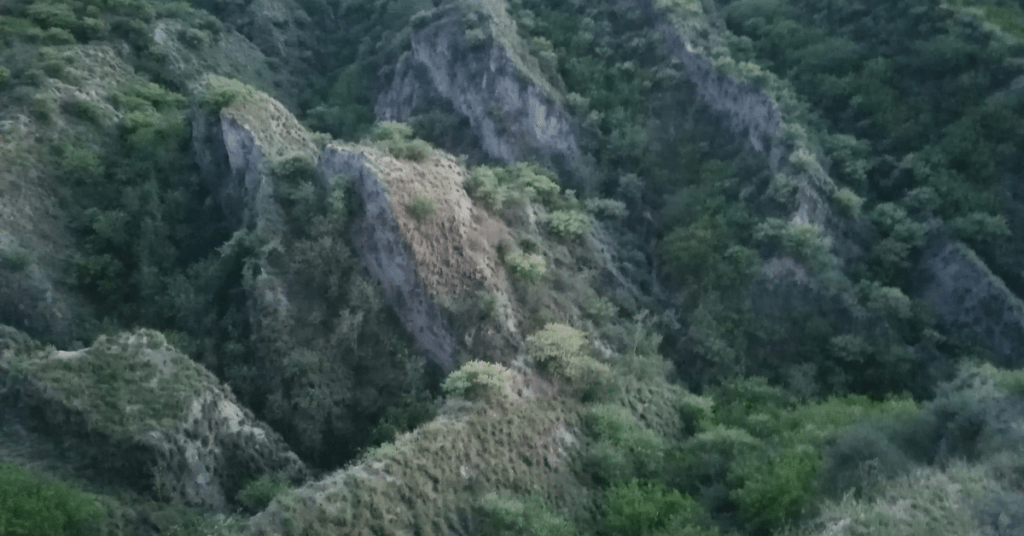
Cultural Significance in Himalayan Mountains
The Himalayan Pink Salt holds profound cultural significance for the indigenous communities inhabiting the Himalayan region. For centuries, it has been an integral part of their rituals, traditions, and daily life. The Himalayan pink salt possesses purifying properties, besides some religious ceremonies and spiritual practices also involve its use.
Moreover, Himalayan Pink Salt plays a crucial role in Himalayan cuisine, adding depth of flavor and nutritional value to dishes. Its usage extends beyond the kitchen. Holistic healing therapies such as salt therapy and detoxification rituals also employ it.
Ancient Remains in Salt Mines
The salt mines of the Himalayan region, notably Kitas Raj, have yielded remarkable archaeological discoveries, shedding light on the region’s ancient past. Kitas Raj, a cluster of temples nestled within the Salt Range, holds immense religious significance for Hindus. They believe it to be the site where Lord Shiva wept for his departed wife, Sati.
Excavations in the salt mines have unearthed artifacts, pottery, and even ancient mummies. Such excavations provide invaluable insights into the civilizations that thrived in the region millennia ago. These discoveries underscore the importance of preserving the historical and cultural heritage of the Himalayan Salt Range.
Beautification of Salt Range for Tourists
In recent years, concerted efforts have been made to transform the Himalayan Salt Range into a tourist-friendly destination, capitalizing on its natural beauty and historical significance. Development projects aimed at enhancing infrastructure, preserving archaeological sites, and promoting sustainable tourism have been initiated.
Tourists visiting the region can now explore the salt mines, visit ancient temples and tombs. Additionally, during visit they also indulge in activities such as salt cave therapy and hiking. The picturesque landscapes, coupled with the allure of ancient mysteries, make the Himalayan Salt Range a must-visit destination for travelers seeking adventure and cultural enrichment.
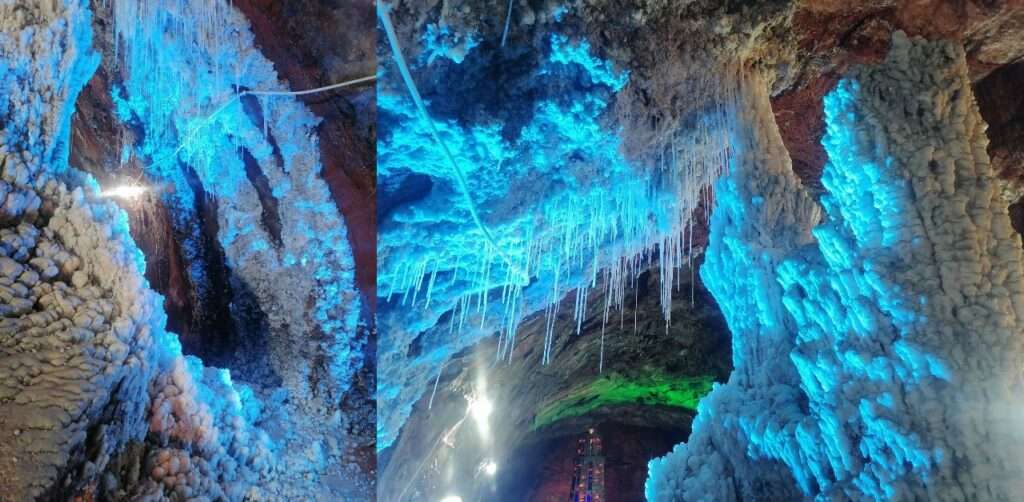
Conclusion
The history of Himalayan Pink Salt is a testament to the profound interconnectedness between nature, culture, and human civilization. From its ancient origins to its modern-day significance as a tourist attraction, the Himalayan Salt Range continues to captivate and inspire awe. As we embark on a journey to unravel its mysteries, let us also strive to preserve and protect this natural wonder for generations to come.
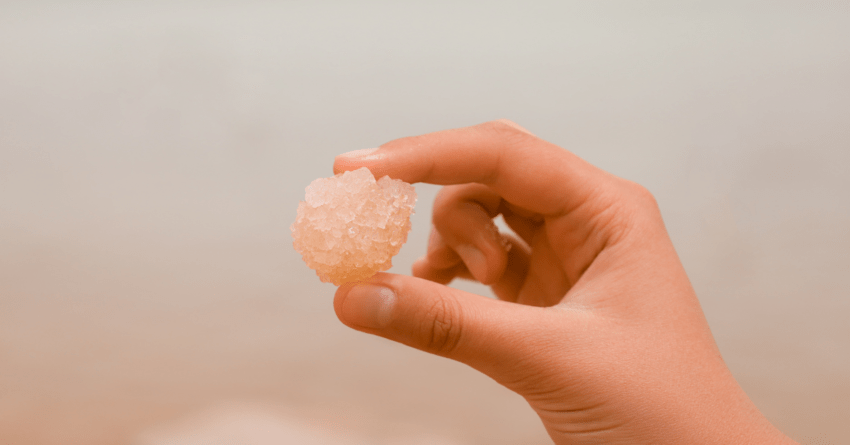
Great article, exactly what I needed.
my website – John E. Snyder
Very interesting information!Perfect just what I was searching for!Raise blog range
There’s certainly a great deal to find out about this topic.
I like all the points you’ve made.
This website certainly has all the info I needed concerning
this subject and didn’t know who to ask.
What’s up everybody, here every one is sharing such know-how, therefore it’s pleasant to read this website,
and I used to go to see this webpage all the time.